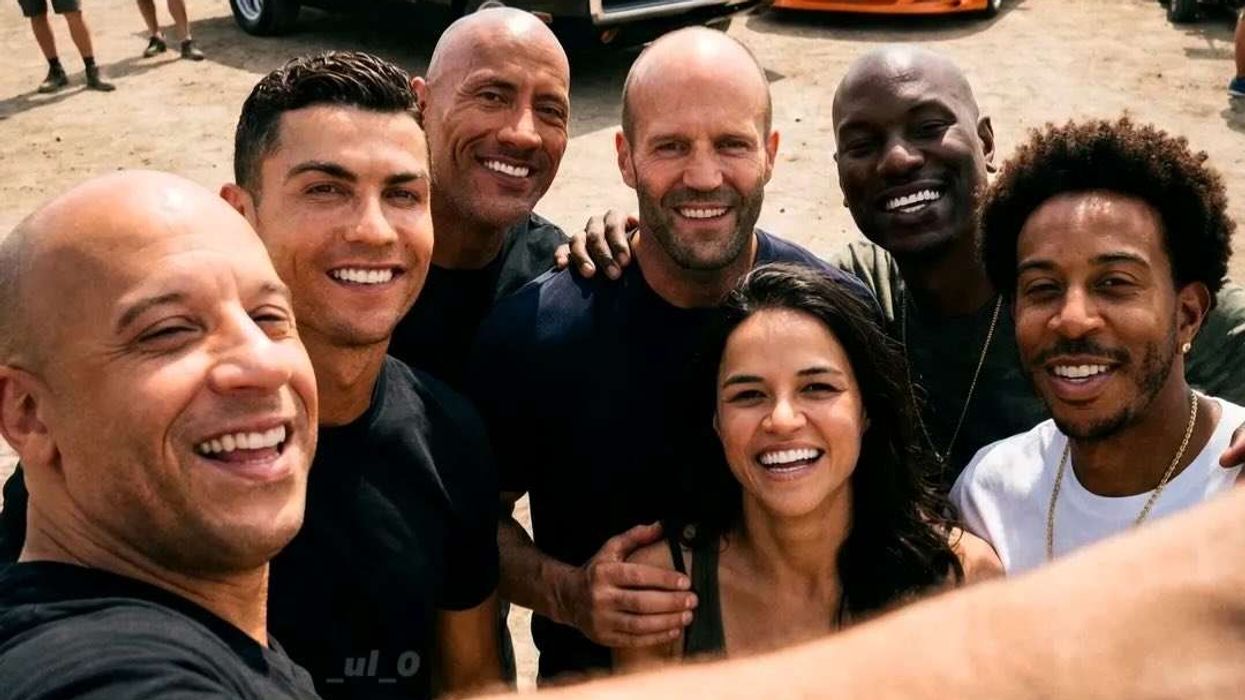In celebration of International Women's Day 2025, what better way to honour independence and self-discovery than by embarking on a solo adventure? Travelling alone as a woman can be an empowering and transformative experience, offering a perfect balance of serenity, adventure, and personal growth. Whether you're craving the tranquillity of nature or the thrill of an urban adventure, we've compiled a list of the top 10 destinations where women can travel solo safely while exploring new cultures, landscapes, and themselves.
1. Iceland: The land of fire and ice
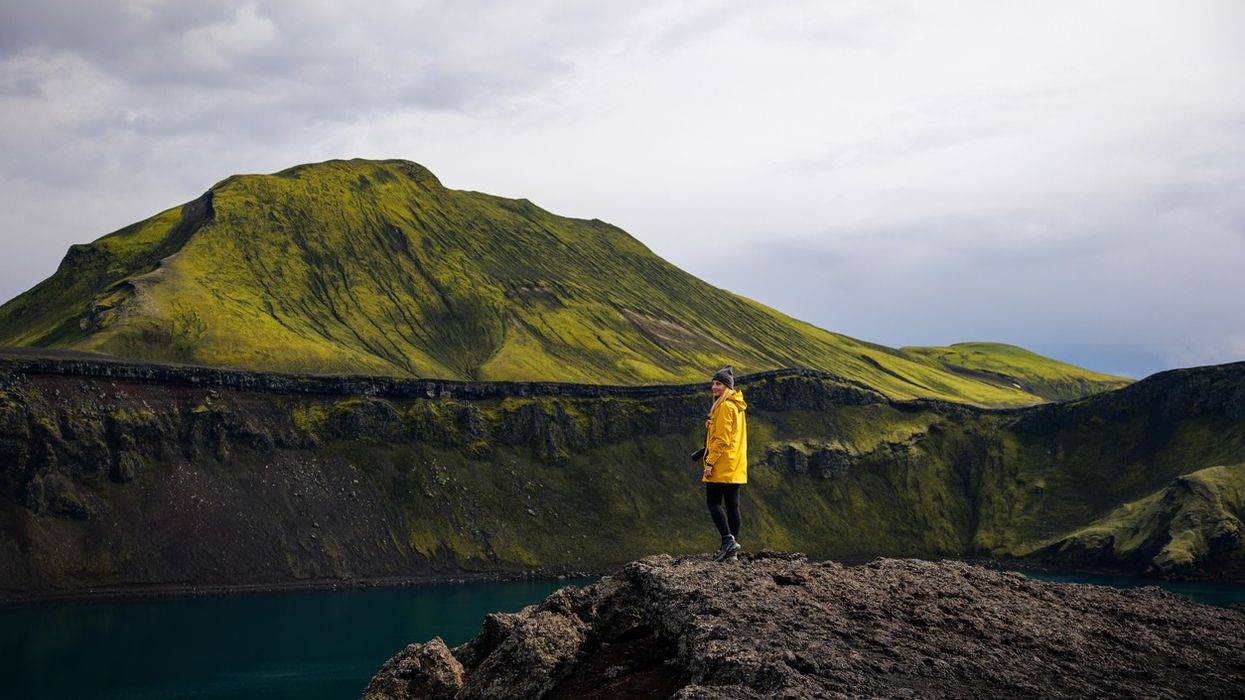
Iceland continues to be a favourite among solo female travellers due to its exceptional safety, welcoming locals, and awe-inspiring landscapes. Known for its geothermal hot springs, towering waterfalls, and stunning northern lights, Iceland offers adventure and serenity in equal measure. Women can hike the glaciers, explore volcanic landscapes, or simply relax in the warm waters of the Blue Lagoon.
The country's excellent public transportation and well-marked hiking trails make it easy to navigate alone, offering a unique experience for nature enthusiasts.
2. New Zealand: The ultimate outdoor playground
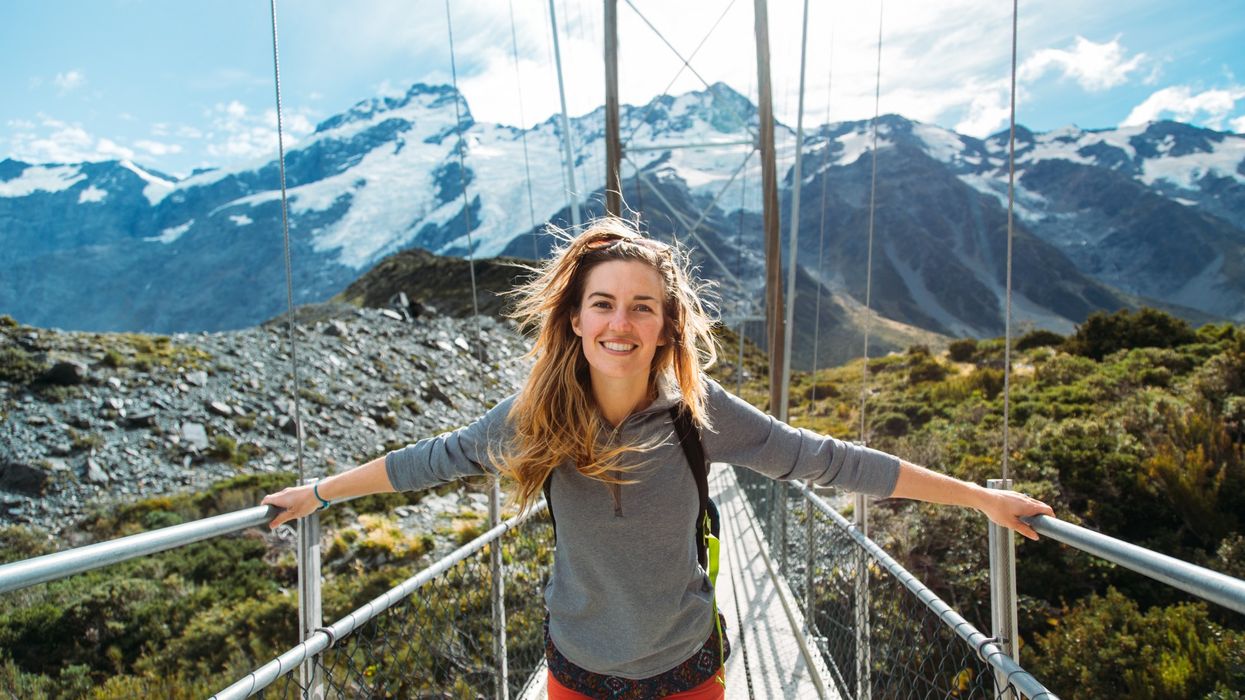
For women who seek both adventure and solitude, New Zealand is the ideal destination. This Pacific paradise offers a wide range of experiences, from scenic hiking trails to thrilling activities like bungee jumping and skydiving. The country is renowned for its friendly locals and robust infrastructure, making it easy to travel solo.
The breathtaking landscapes of both the North and South Islands, such as Fiordland National Park and the serene beaches of Abel Tasman, provide plenty of opportunities for reflection and peaceful escapes.
3. Japan: A perfect blend of tradition and modernity
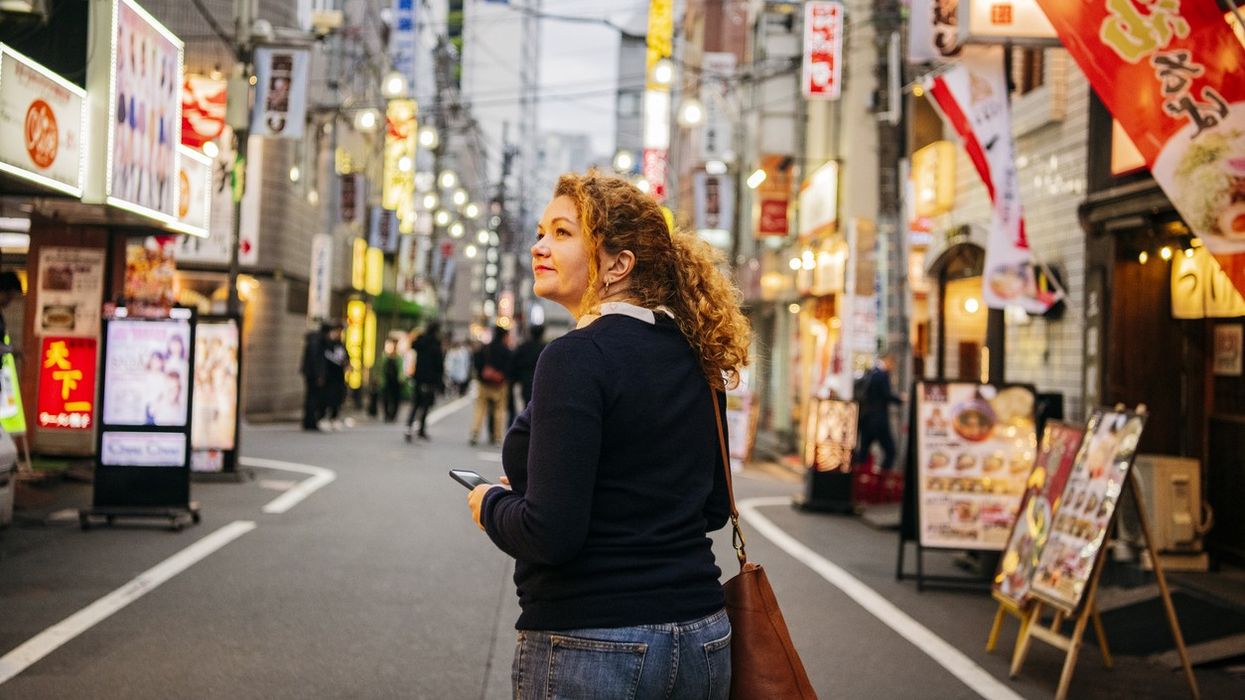
Japan's seamless combination of ancient tradition and cutting-edge technology makes it an intriguing destination for solo female travellers. With one of the world’s lowest crime rates, Japan is an exceptionally safe country. Tokyo offers a bustling city experience, while Kyoto’s temples and traditional tea houses offer tranquillity.
Japan’s efficient public transportation system, particularly its high-speed trains, allows solo adventurers to explore diverse regions, from the futuristic streets of Tokyo to the peaceful mountains of Hakone.
4. Canada: The call of the wild
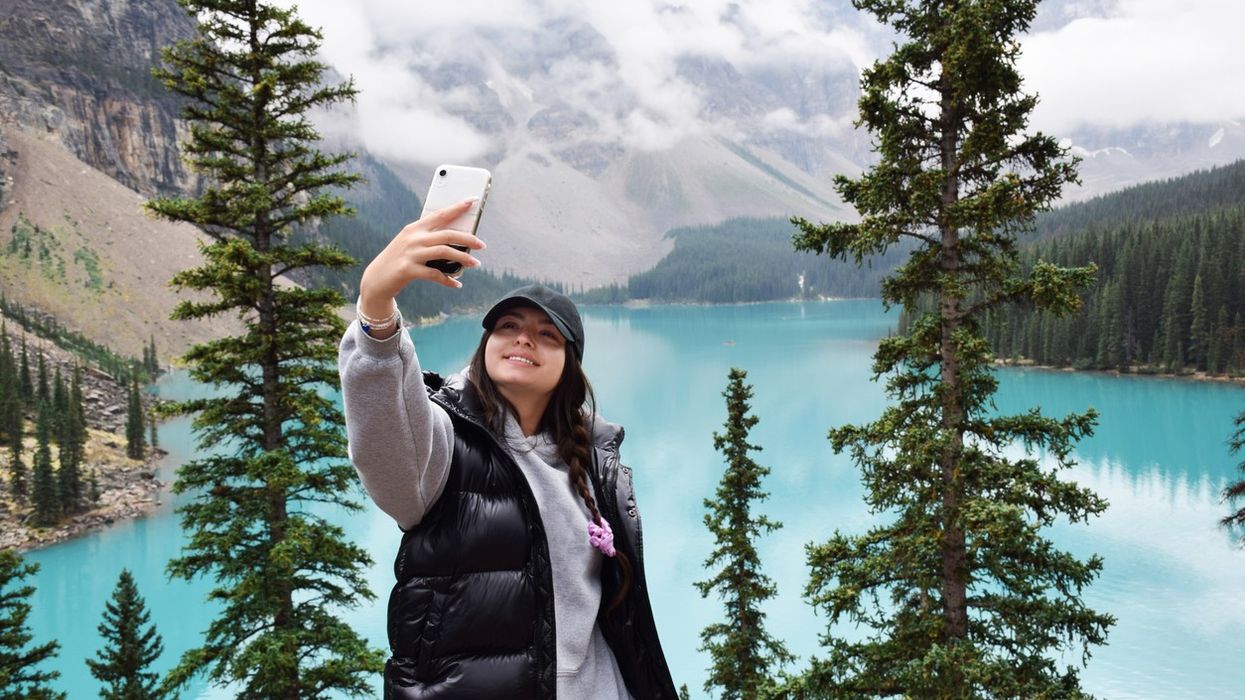
Canada’s vast wilderness and welcoming cities make it a top destination for solo female adventurers. For those seeking serenity, Banff National Park in Alberta offers endless opportunities for hiking, kayaking, and wildlife viewing in some of the most beautiful landscapes on Earth.
Urban travellers can explore the vibrant cities of Vancouver and Toronto, known for their multiculturalism, art scenes, and safety. Whether you're hiking through the Rockies or enjoying the cultural offerings of Canada’s cities, the country is an ideal choice for a solo getaway.
5. Portugal: Coastal charm and cultural riches
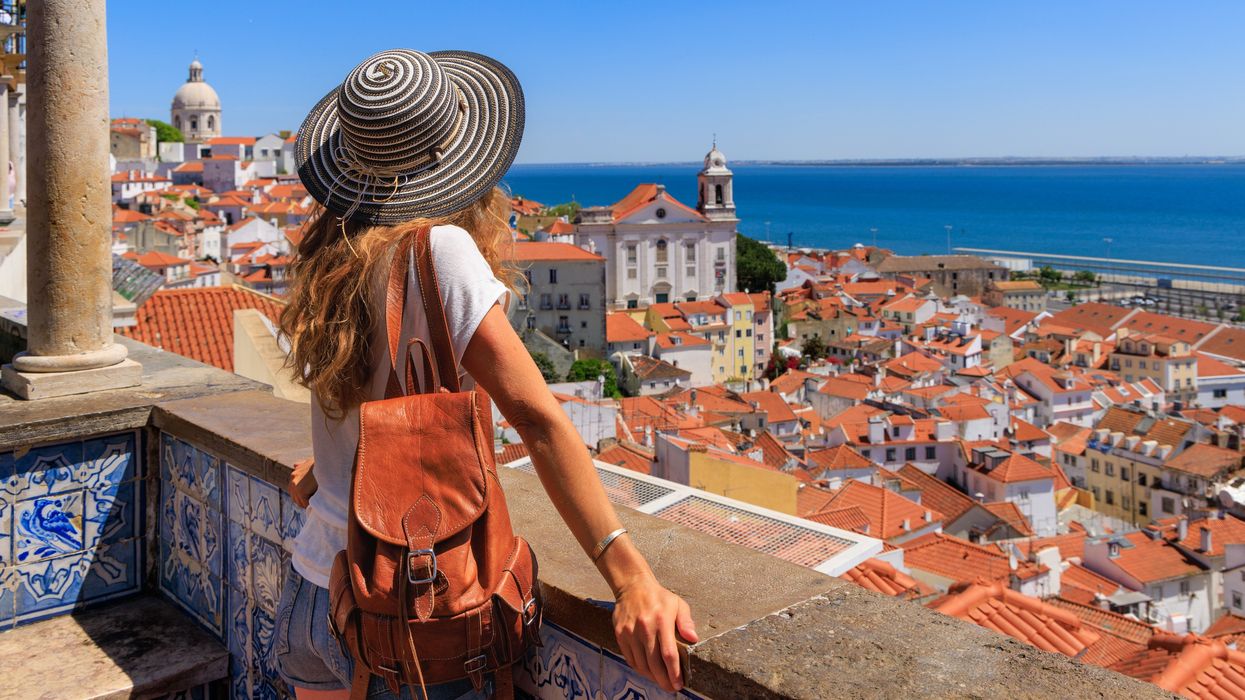
Portugal’s beautiful coastal landscapes, historic cities, and warm climate make it a perfect destination for solo female travellers. Lisbon and Porto are filled with cobbled streets, stunning architecture, and cosy cafes where women can enjoy exploring at their own pace.
For those seeking adventure, the Algarve region offers dramatic cliffs, sandy beaches, and water sports. Portugal’s laid-back vibe and hospitable locals create a welcoming environment for solo travellers looking for both adventure and relaxation.
6. Scotland: Majestic landscapes and history
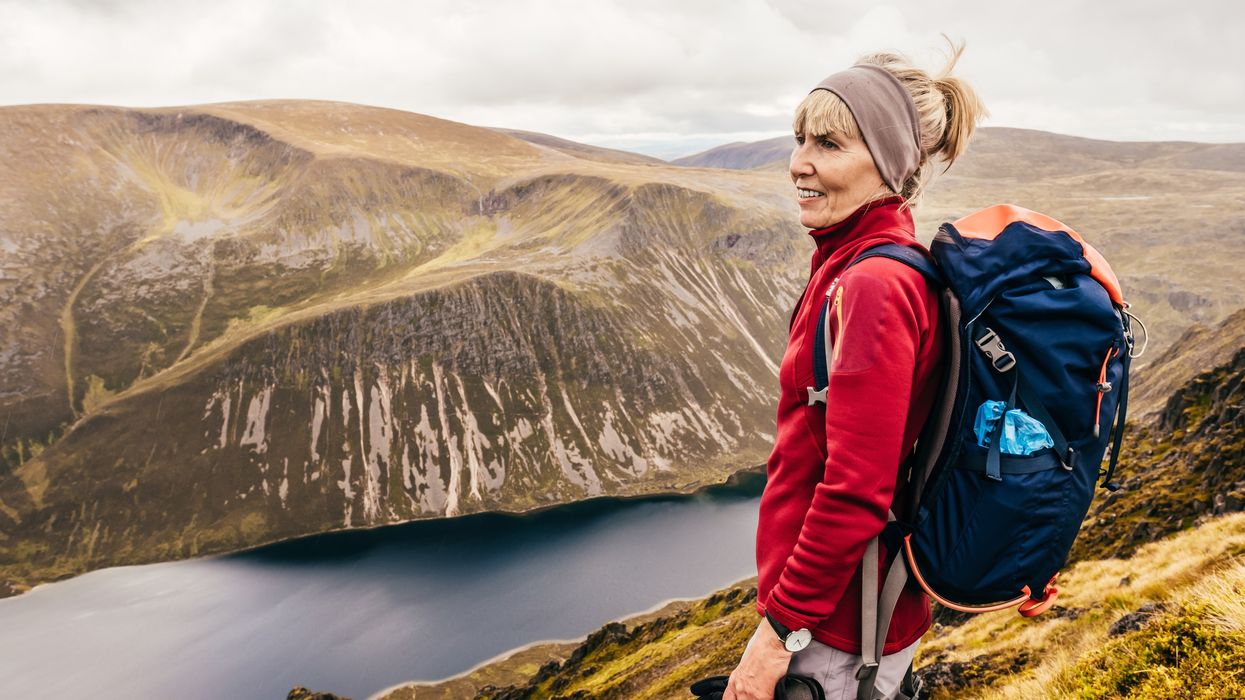
Scotland is ideal for women seeking serenity in nature and a dose of rich history. The Highlands offer incredible opportunities for hiking, camping, and discovering ancient castles. Edinburgh’s historic streets are perfect for solo strolls, offering cosy cafes, museums, and bookshops.
One of the safest countries in the world, Scotland provides a sense of peace and solitude, especially for those exploring its rugged coastline, serene lochs, and misty hills.
7. Bali, Indonesia: A haven for wellness and adventure
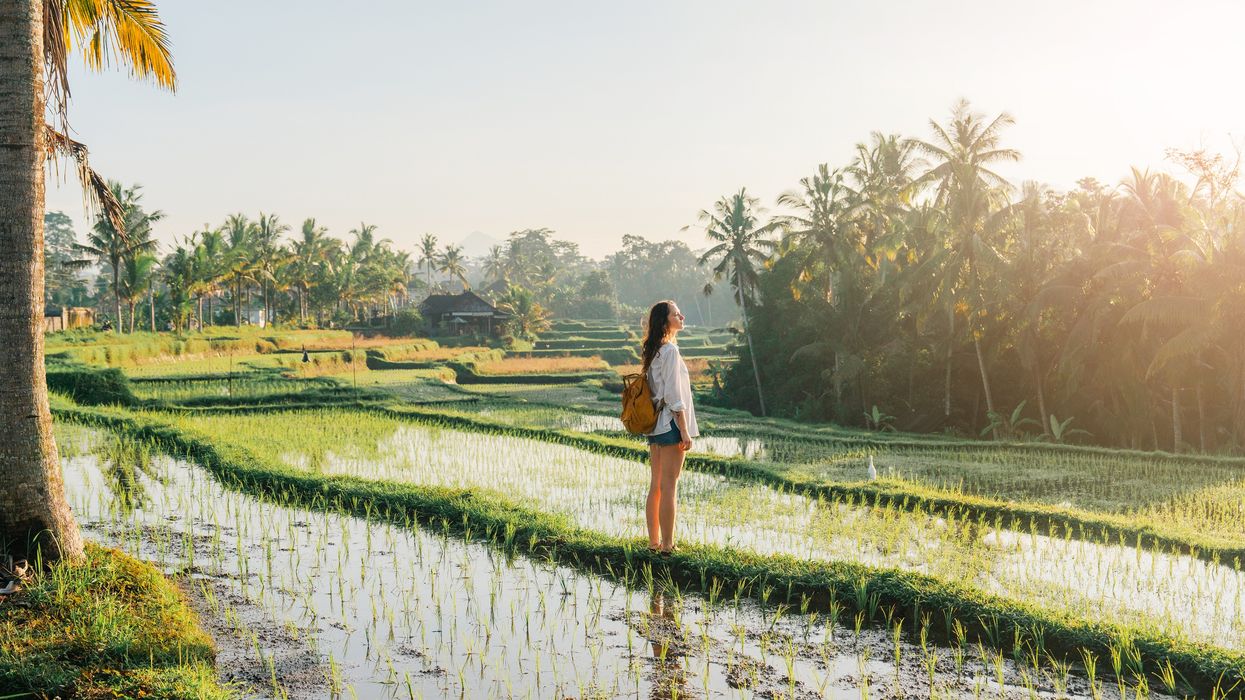
Bali is a popular destination among solo female travellers due to its unique blend of wellness retreats and adventure activities. Known for its lush jungles, pristine beaches, and spiritual atmosphere, Bali offers endless opportunities for relaxation and self-care.
For adventurous travellers, Bali’s surfing, snorkelling, and volcano hiking promise excitement. The island is home to countless yoga retreats and meditation centres, making it the perfect place for women seeking inner peace.
8. Sweden: Scandinavian serenity
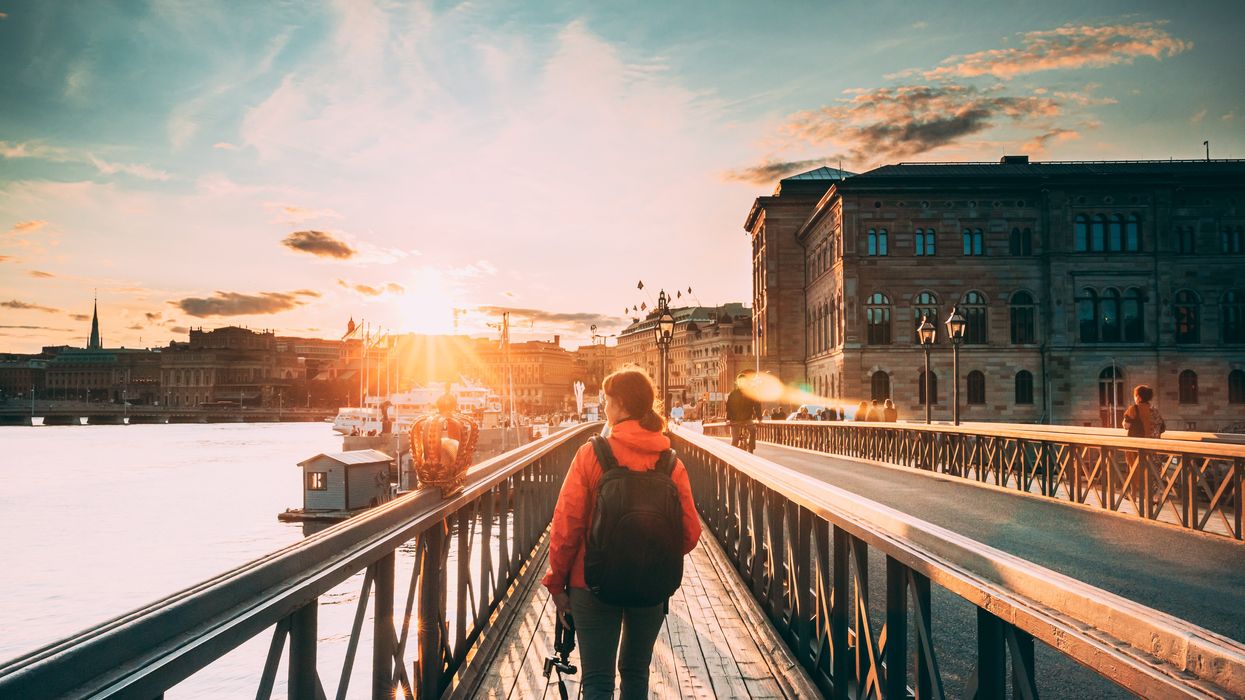
Sweden offers a safe and tranquil setting for solo female travellers, especially those seeking serenity in nature. The country’s vast forests, lakes, and coastlines provide the perfect backdrop for hiking, kayaking, and camping.
For women who prefer city exploration, Stockholm offers a vibrant cultural scene, world-class museums, and cosy cafes. Sweden’s commitment to sustainability and gender equality makes it an appealing destination for women travelling alone.
9. Australia: A continent of contrasts

Australia is a dream destination for solo travellers, offering everything from bustling cities to vast natural wonders. For adventurers, the Great Barrier Reef and the Outback provide unforgettable experiences, while cities like Sydney and Melbourne are ideal for cultural exploration.
Australia’s friendly and laid-back culture makes it easy for solo travellers to connect with locals, whether they’re exploring the beaches, wildlife reserves, or urban landscapes.
10. Ireland: The Emerald Isle’s warm welcome
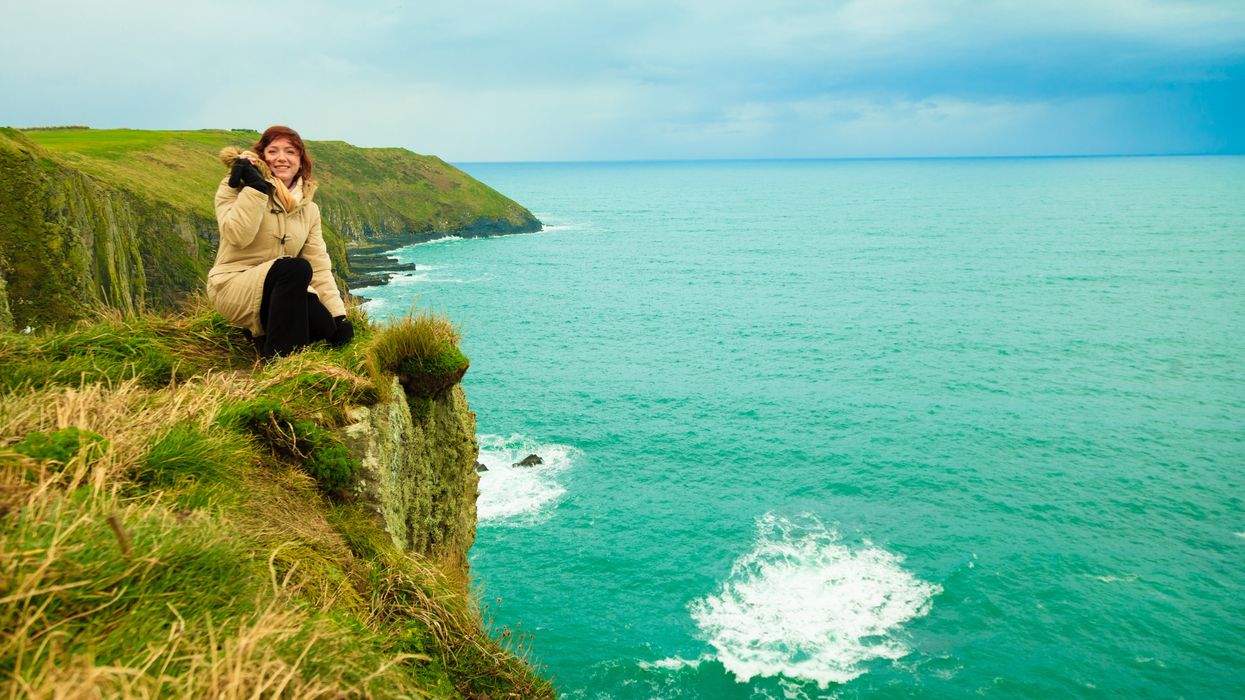
Ireland’s friendly locals and stunning scenery make it a top pick for solo female travellers. From the rugged Cliffs of Moher to the charming streets of Dublin, Ireland offers a perfect blend of natural beauty and cultural experiences.
Solo travellers can explore ancient castles, hike through lush green landscapes, or enjoy the warmth of a traditional Irish pub. Ireland’s reputation for hospitality ensures that women travelling alone will feel welcomed and safe.
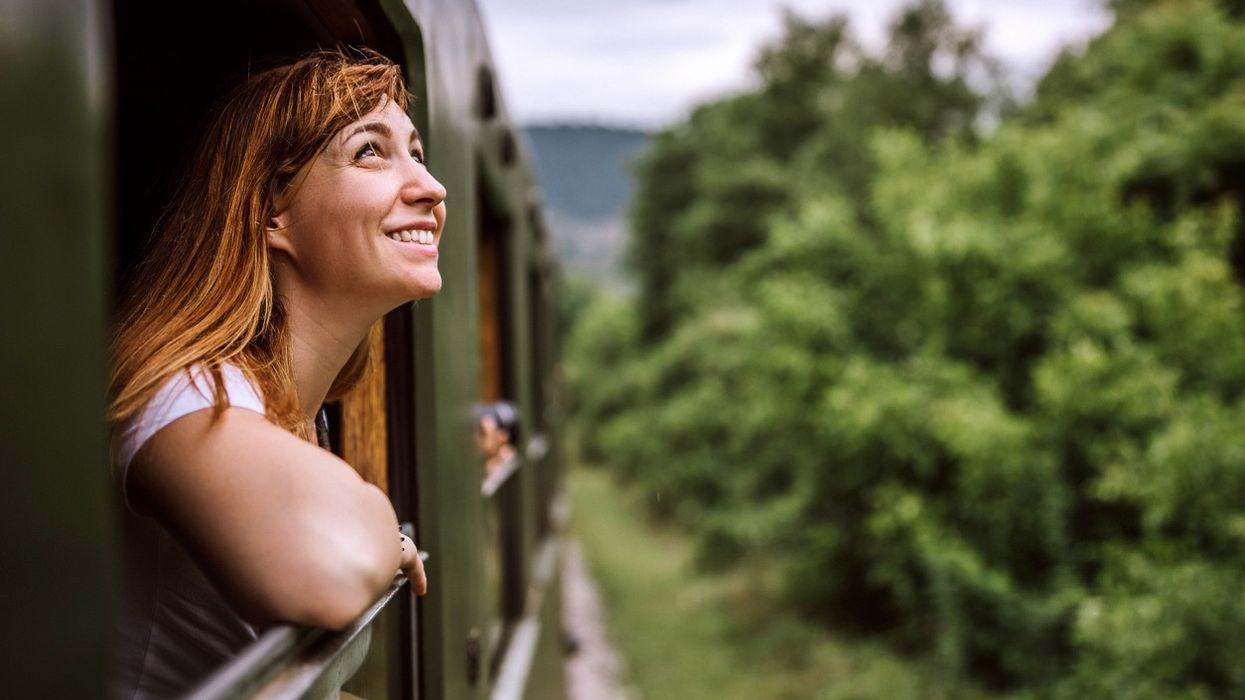

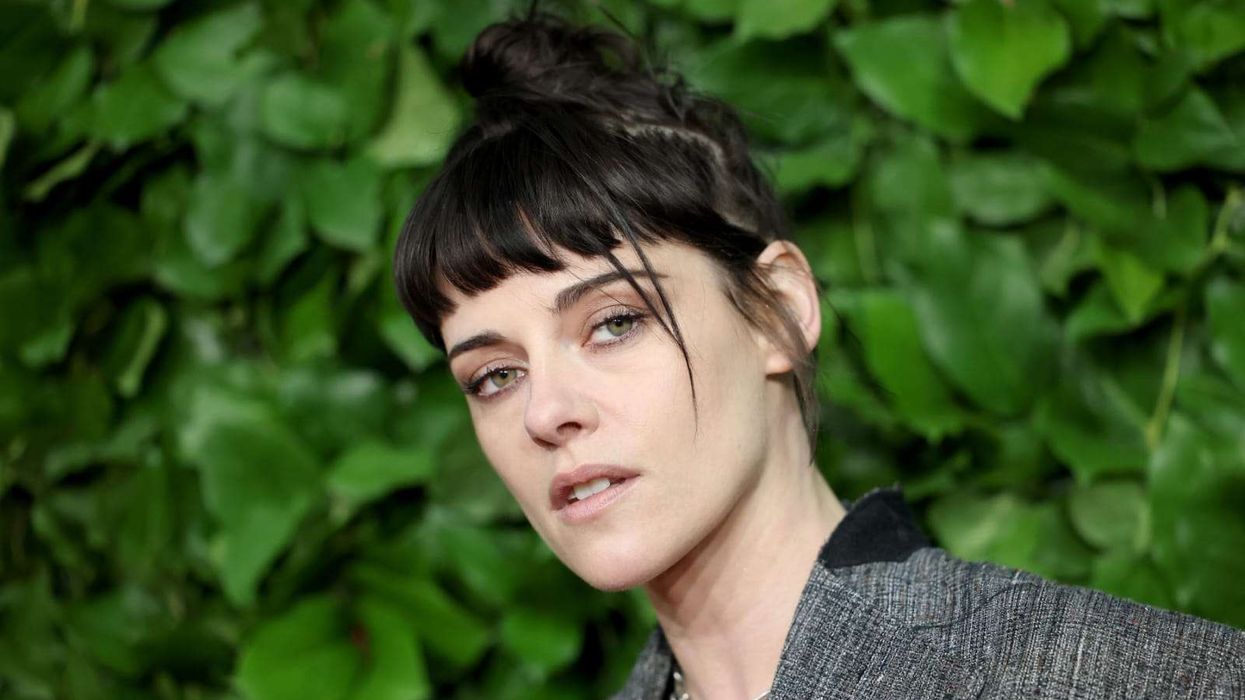
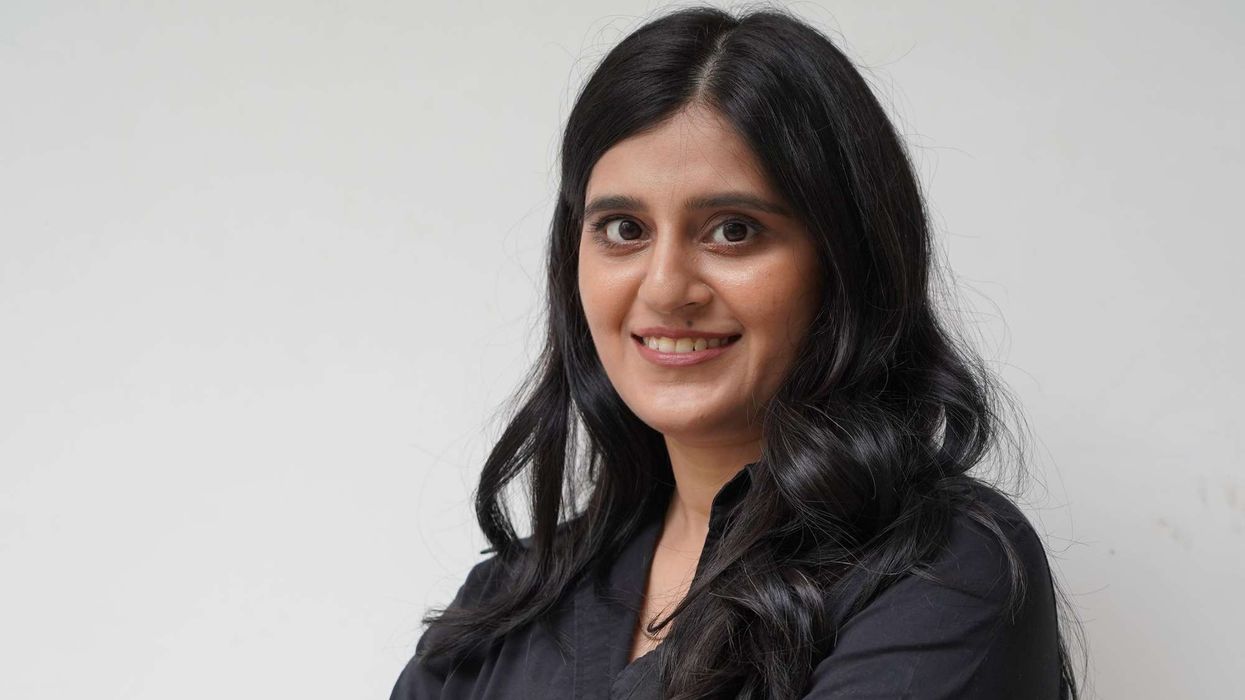

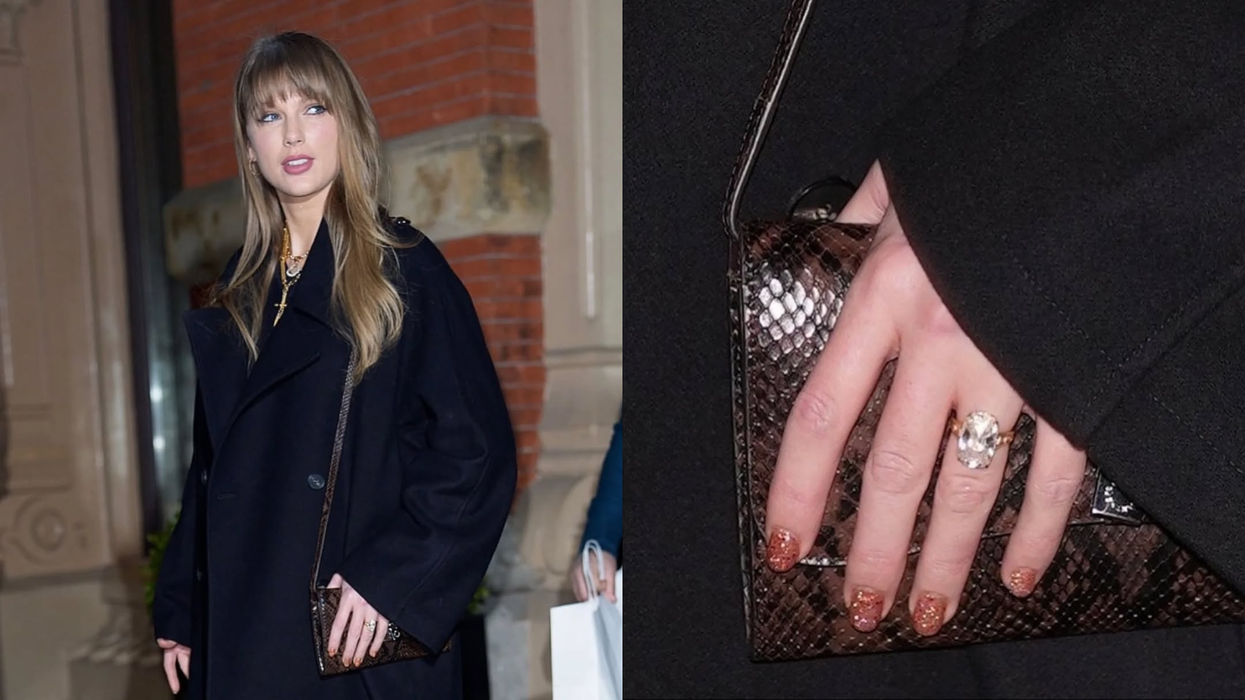
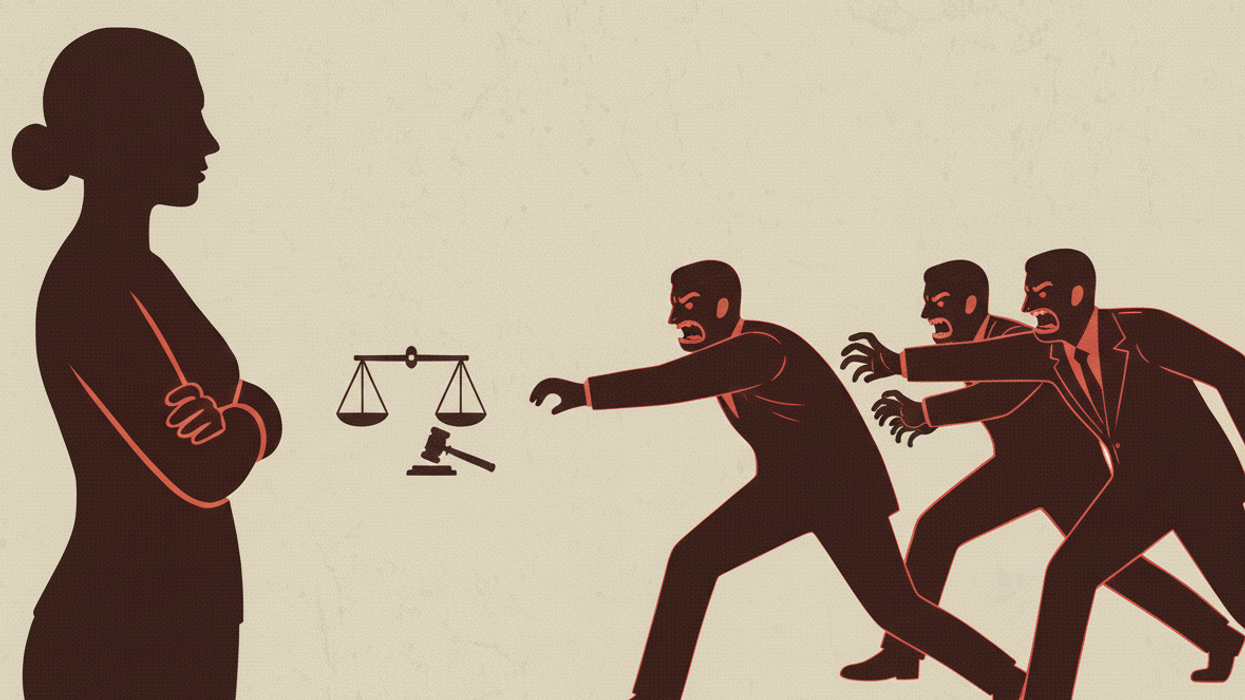
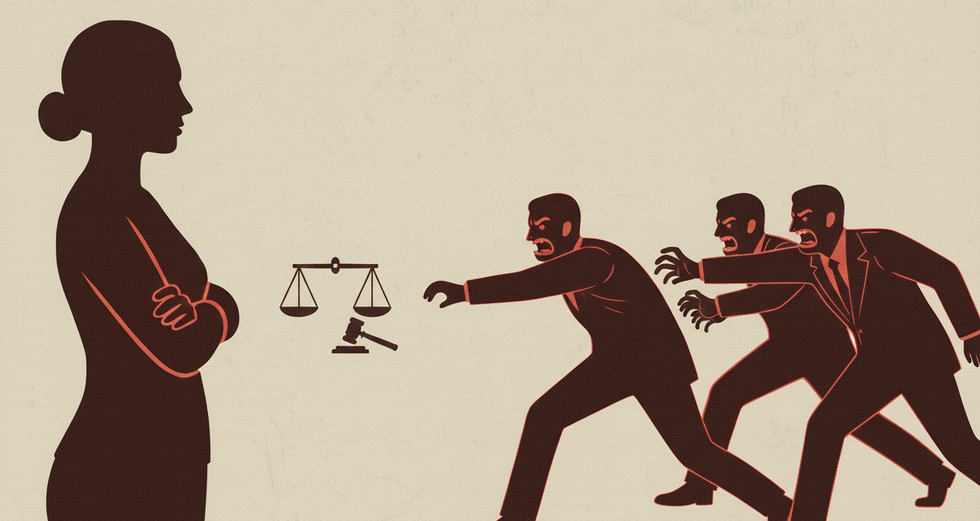 Inside the Kerala actress assault case and the reckoning it triggered in Malayalam cinema AI Generated
Inside the Kerala actress assault case and the reckoning it triggered in Malayalam cinema AI Generated 
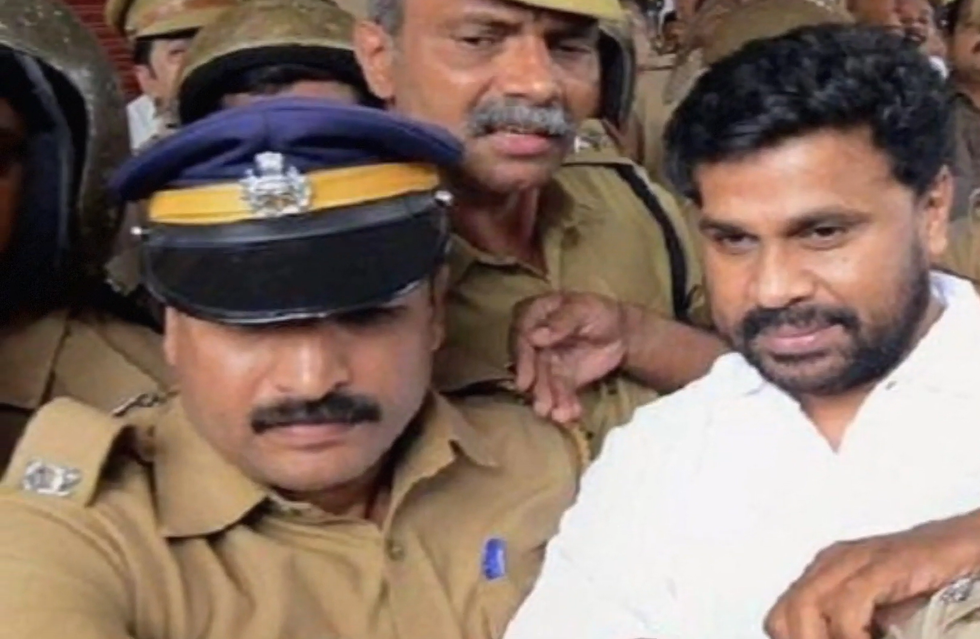 Actor-producer Dileep was arrested on 10 JulyYoutube Screengrab/Kerala Kaumudi
Actor-producer Dileep was arrested on 10 JulyYoutube Screengrab/Kerala Kaumudi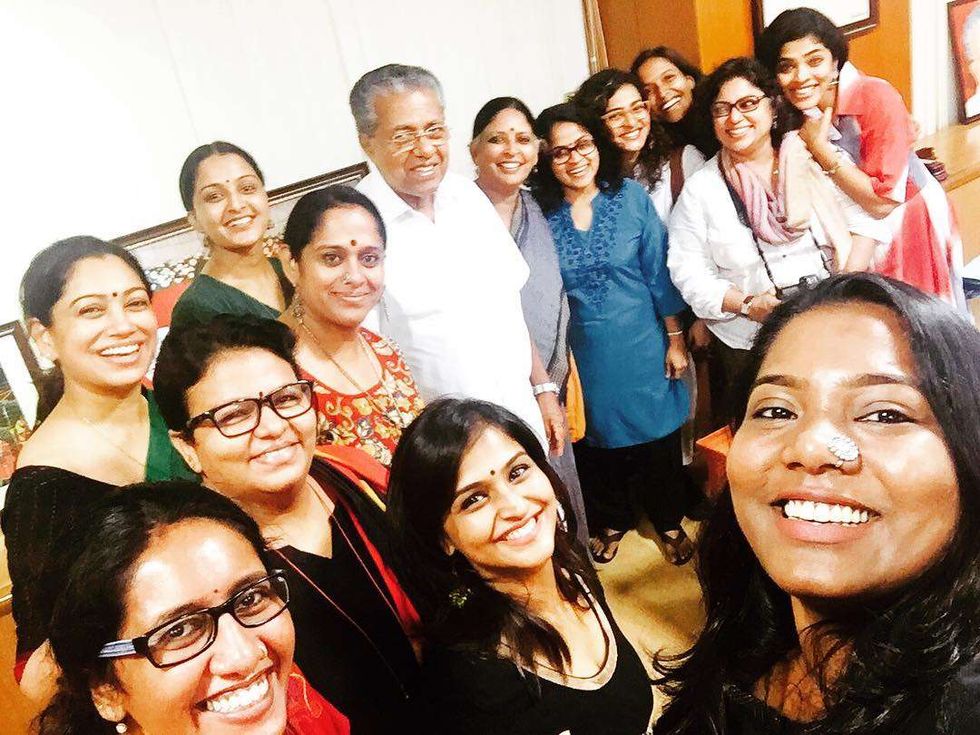 Members of the Women in Cinema Collective (WCC) meeting with the Chief Minister of KeralaInstagram/
Members of the Women in Cinema Collective (WCC) meeting with the Chief Minister of KeralaInstagram/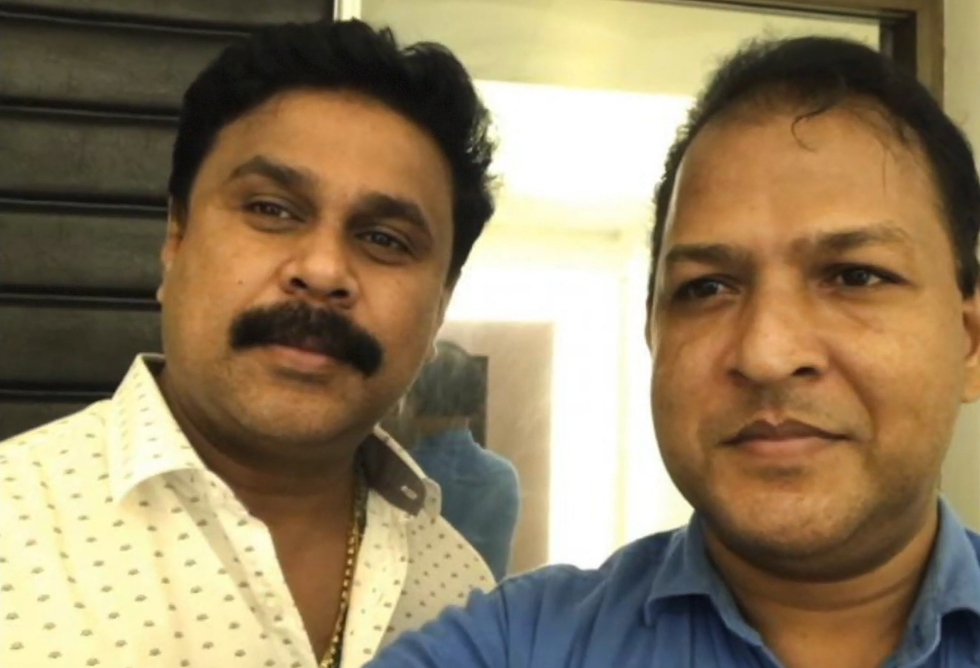 Actor Dileep and whistleblower Balachandra Kumar, whose testimony and disclosures played a crucial role in advancing the investigation Youtube Screengrab/Kerala Kaumudi
Actor Dileep and whistleblower Balachandra Kumar, whose testimony and disclosures played a crucial role in advancing the investigation Youtube Screengrab/Kerala Kaumudi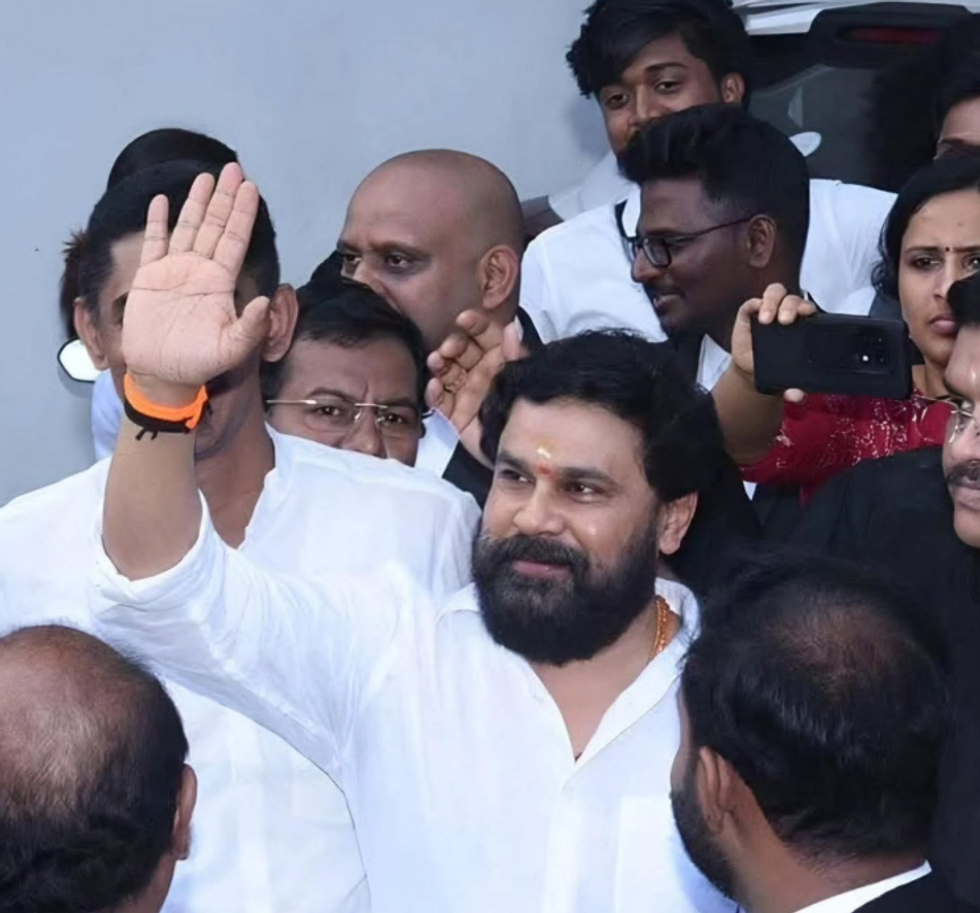 Dileep coming out of the court after the verdict Instagram/
Dileep coming out of the court after the verdict Instagram/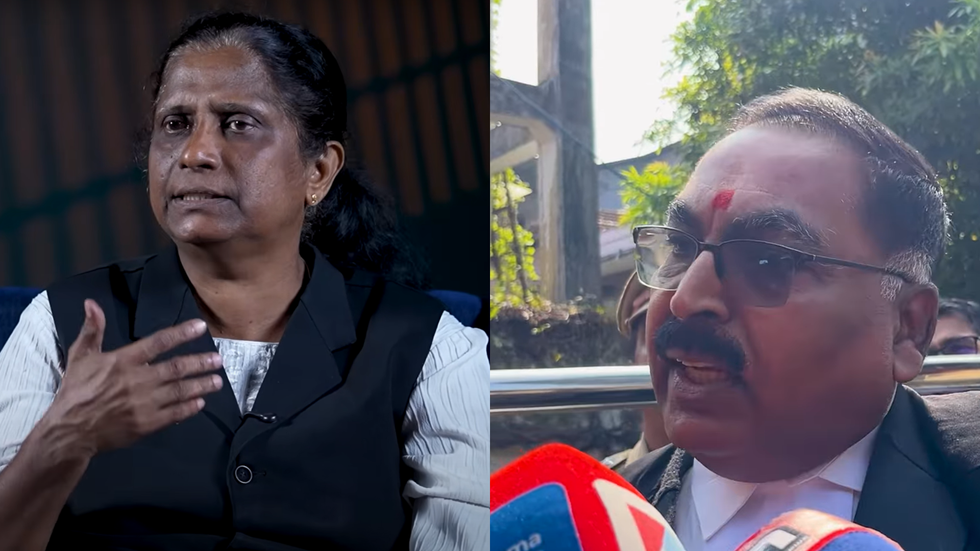 Advocates T. B. Mini and Aja Kumar, representing the survivor in the Kerala actress assault caseYoutube Screengrabs/ Oneindia Malayalam
Advocates T. B. Mini and Aja Kumar, representing the survivor in the Kerala actress assault caseYoutube Screengrabs/ Oneindia Malayalam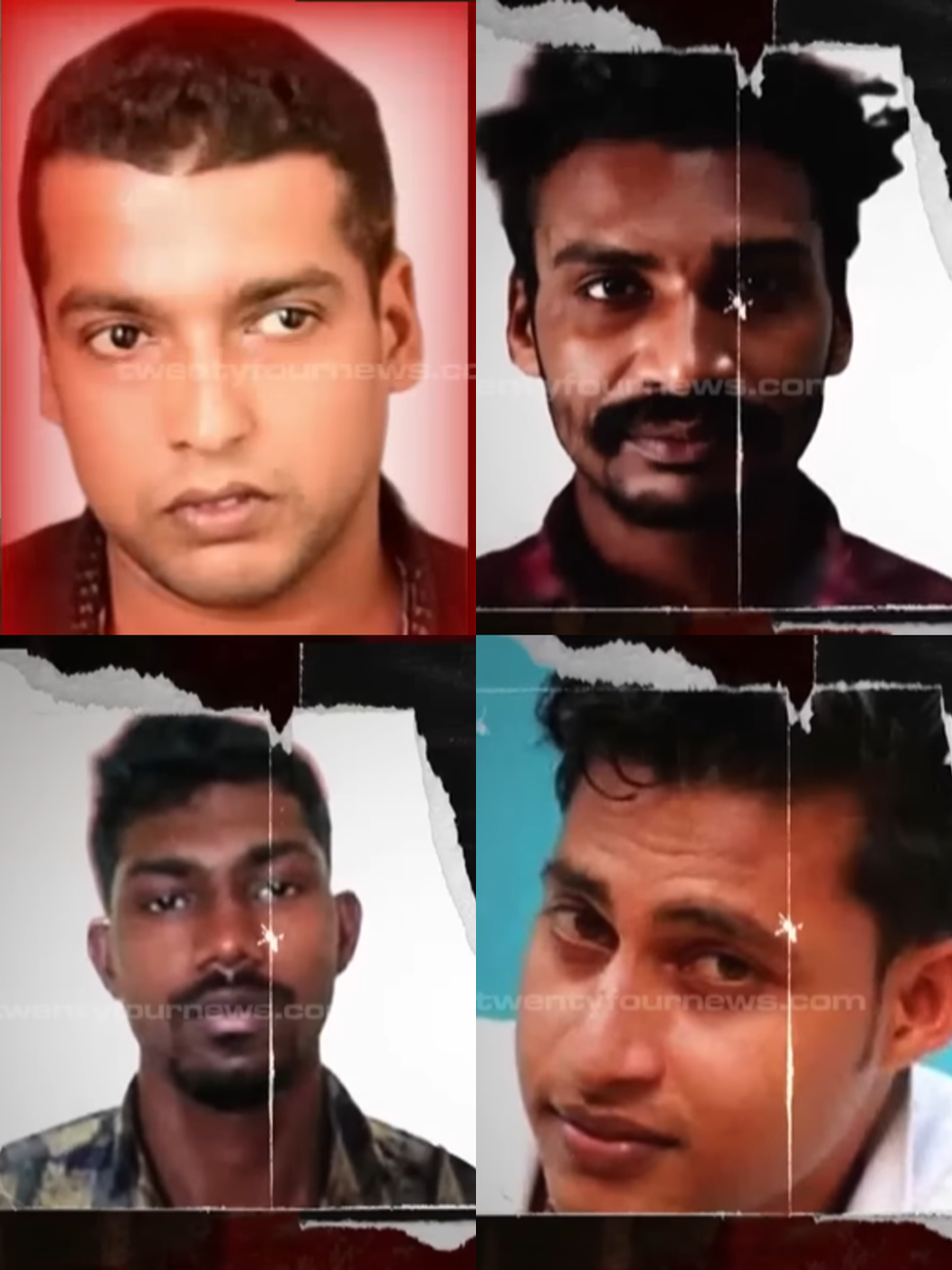 Four of the six convicted accused in the Kerala actress assault case Youtube Screengrabs/ 24 News
Four of the six convicted accused in the Kerala actress assault case Youtube Screengrabs/ 24 News 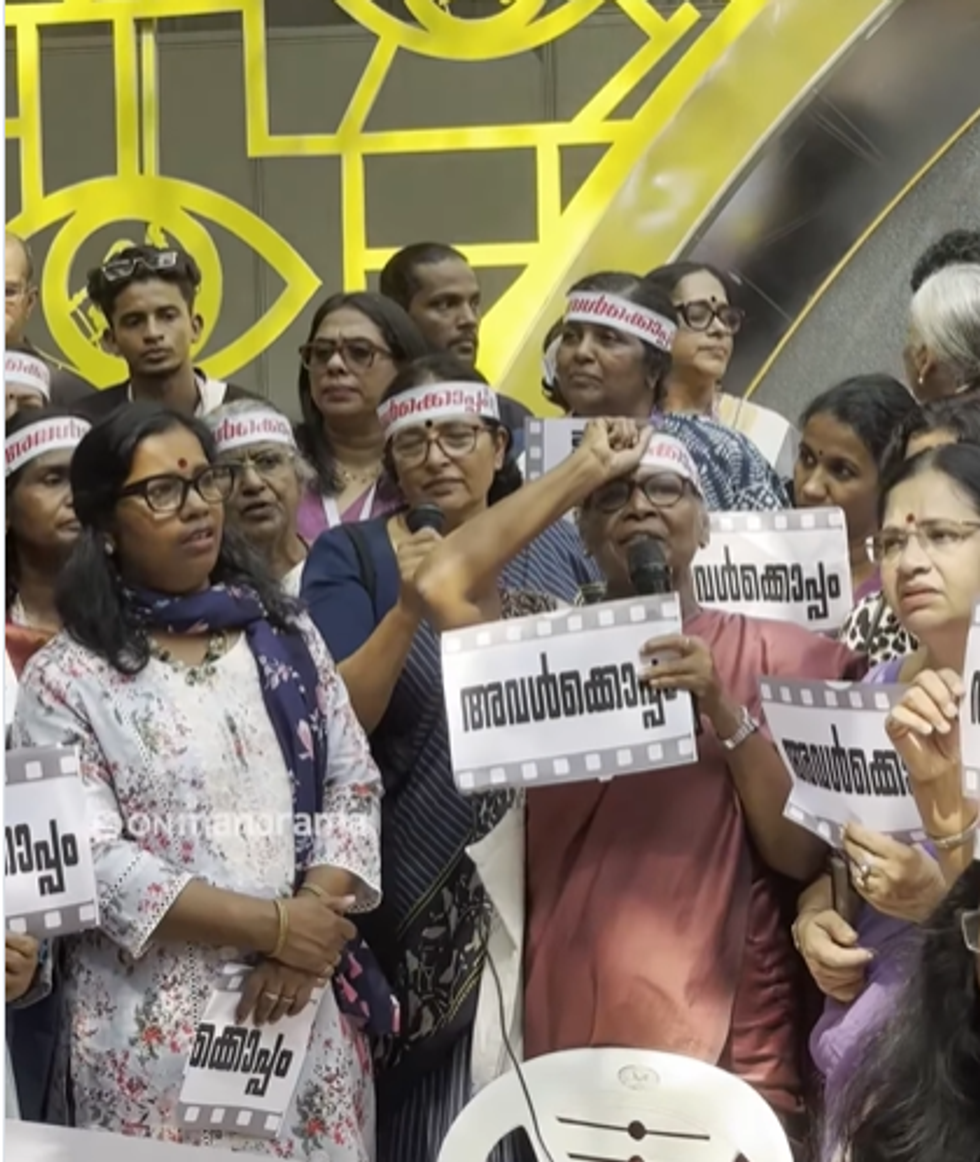 Film personalities and activists gather at the Tagore Theatre to reject the court\u2019s decision and demand systemic change for women\u2019s safety Instagram Screengrab/onmanorama
Film personalities and activists gather at the Tagore Theatre to reject the court\u2019s decision and demand systemic change for women\u2019s safety Instagram Screengrab/onmanorama 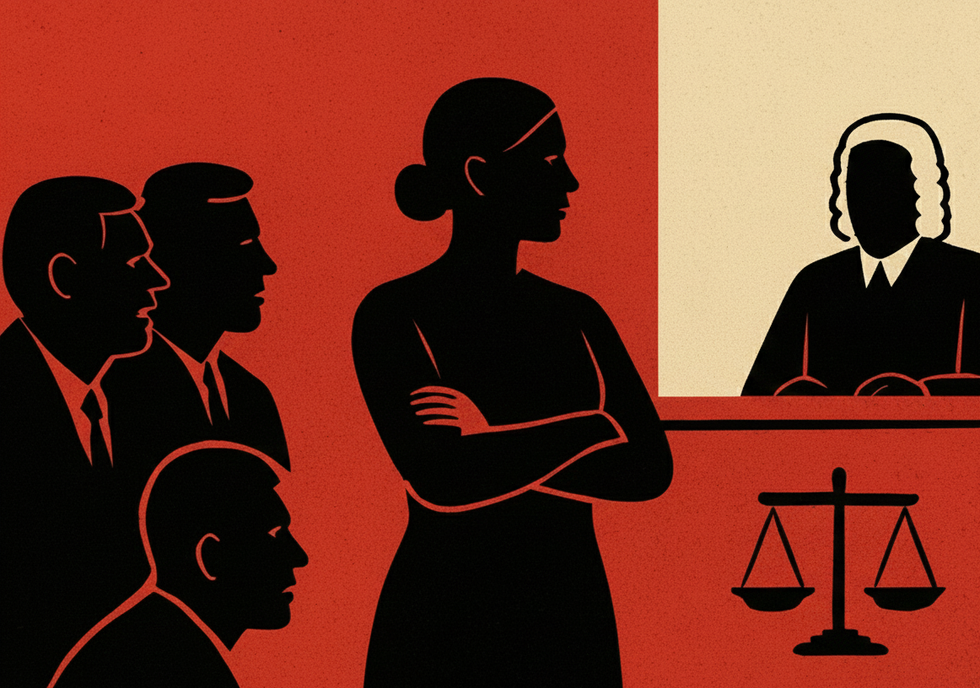 How one survivor’s fight shook an entire industryAI Generated
How one survivor’s fight shook an entire industryAI Generated





